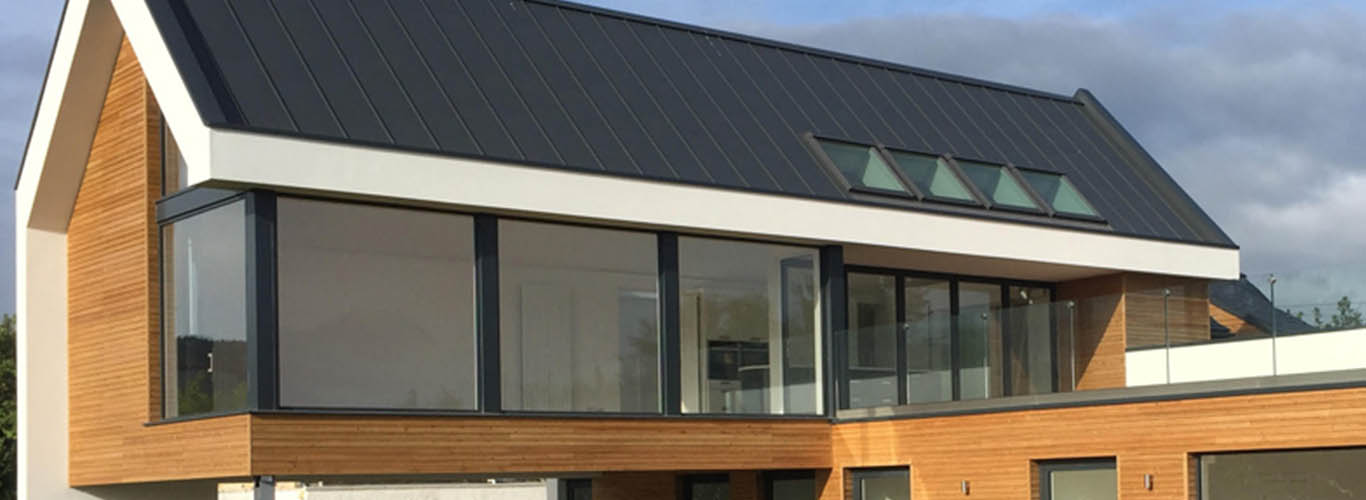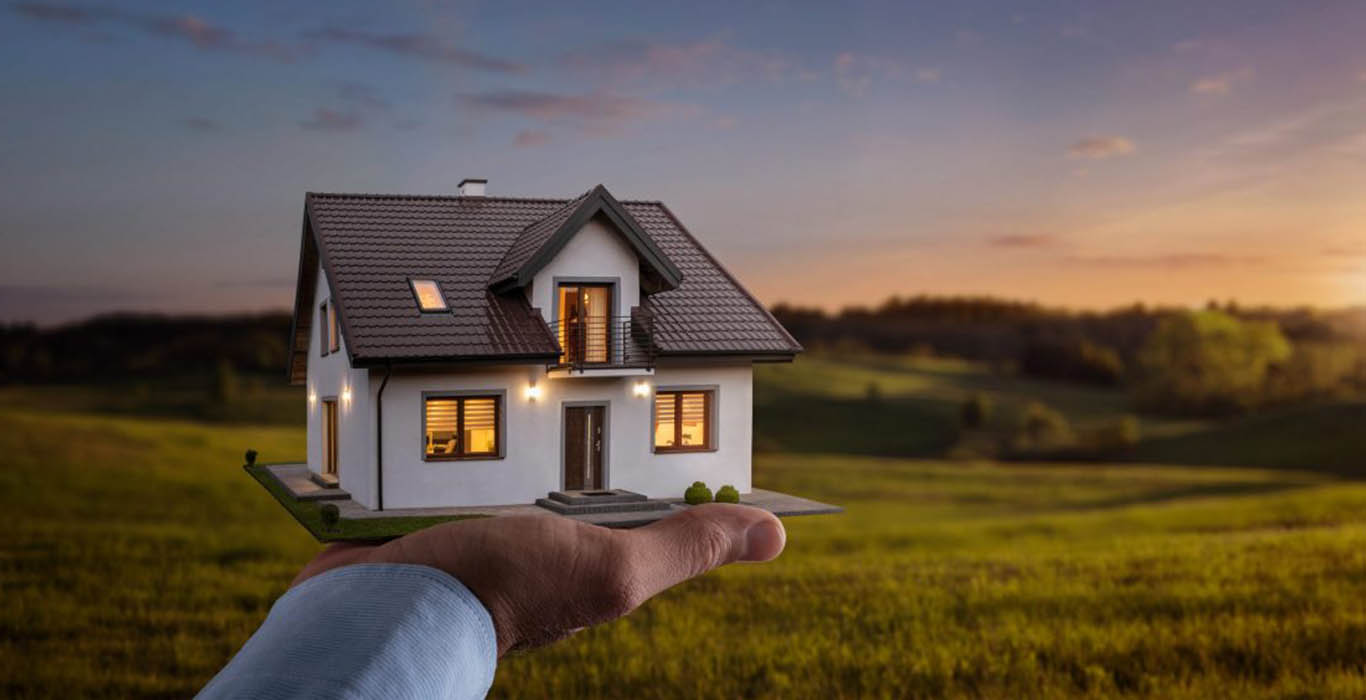A home ventilation system allows you to control the quality and quantity of air throughout your house. Ventilation serves a vital role in a house: Without a proper ventilation system, the air will become stagnant and stale.
Natural ventilation is unpredictable and cannot be controlled. In a big house, it is highly unlikely that natural ventilation will be effective. A controlled ventilation system will help you to sustain the atmosphere at an optimum level throughout the house, keeping the air clean from any foreign contaminants too.
Home ventilation systems have become more important these days because modern construction codes have made the building more airtight.
Why do We need a Home Ventilation System?
If a house doesn’t have a proper ventilation system, its atmosphere can turn from normal to toxic in a very small amount of time. If the air is not circulated and recycled properly, multiple harmful materials and contaminants like carbon monoxide, organic pathogens and water vapours will start to accumulate within the house and render the environment unbreathable and toxic for the occupants.
On the other hand, a house with a proper ventilation system enjoys fresh and recycled air throughout the day. A ventilation system not only keeps the air clean and healthy to breathe but also maintains good temperature conditions in the building.

Types of Home Ventilation Systems
Home ventilation systems can be categorised into three types:
- Natural ventilation system
- Spot ventilation system
- Whole-home ventilation system
Natural Ventilation System
Natural ventilation also known as uncontrolled ventilation generally uses natural factors such as wind speed, pressure and temperature differences between outdoor and indoor air, etc. Natural ventilation system requires proper design for ventilators and windows at the time of construction to work more effectively.
It is also important to understand that natural ventilation doesn’t require any kind of fans to flush the house with fresh air. So, if you haven’t installed a proper network of ventilators and windows, it is not advised to rely on natural ventilation for your house.
However, if the building is very large and has a complex architectural and structural design, this system may not be able to ventilate the whole building properly. Furthermore, if you live in a highly polluted environment, natural ventilation system might not be a good idea for you.
Spot Ventilation System
Spot ventilation, as the name suggests, is a ventilation system that is localised to a specific area or room in a building. It uses mechanical ventilation such as exhaust fans for air exchange. They are used to regulate the airflow and improve the air quality of a specific place in the house where natural ventilation is of no use. A few years ago, when whole-house ventilation wasn’t introduced yet, spot ventilation was the only choice for home-owners.

Whole Home Ventilation System
Whole-home ventilation systems are highly developed kinds of mechanical ventilation systems. In this system, a network of ventilation ducts is used along with one or more fans to circulate the air in the whole building in an efficient manner.
The whole house ventilation systems can ventilate large buildings properly as well as maintain the quality of the air they are bringing in.
Moreover, this system can be installed into any existing HVAC system and can provide controlled ventilation throughout the building. Also, when connected to an HVAC system, it will provide healthier, cleaner and temperature-controlled air.
The whole home ventilation system can further be divided into three categories:
- Exhaust-only system
- Supply-only system
- Balanced system
Exhaust-only System:
It is a good choice if you want to remove stale indoor air from a place. It is economical and simple to maintain the system. It needs only one exhaust and fan point. Stale air can be contaminated and dangerous and can make it difficult to breathe after some time. Exhaust-only ventilation system improves the air quality considerably. Exhaust-only systems can perform better in colder environments.
However, this system comes with a few drawbacks and limitations as well. The major issue with the exhaust-only system is that after removing air from a specific area, a negative pressure is created in the room which compels air from other areas of the building to rush down here to nullify the pressure difference.
Furthermore, after removing air from the specific area, it can draw air from more contaminants from places with poor air quality such as garages and basements. this can result in a more polluted climate than before.
Supply-Only System:
Supply-only ventilation does the opposite of exhaust-only systems. It does this by pulling external air inside using one or more fans. When using supply-only, it is important to pick a place that can provide fresh air to the system. This will decrease the quantum of contaminants that infiltrate the house. it functions better in warm climates.
A supply-only ventilation system can serve more than one room in a building which is why it is generally a choice for most homeowners.
However, it doesn’t have any dedicated method to balance the airflow in the system. Since there is no process to extract stale air from the system, it creates positive pressure in the system. This forces the old air to leak through cracks and other holes in the system.
Balanced System:
As the name depicts, a balanced ventilation system is a combination of supply and exhaust processes. It uses two separate ducts to perform these tasks and creates a well-balanced environment in the house.
Most of the balanced ventilation systems can be connected with existing HVAC systems which can make it even more efficient due to temperature- and moisture-control facilities.
There are two types of balanced ventilation systems based on their mechanism:
Heat transfer System: In this system, a heat exchanger is installed within the system which can absorb the heat from outgoing air and transmit it to the fresh air that is coming inside. This system preheats the air before it enters the house and makes the environment more pleasant for the occupants.
Energy Recovery System: This system uses two fans to ventilate the house, one to draw air in and the other to exhaust the used air out. When these two streams pass through the system, an internal heat exchanger captures heat and moisture from one air stream and transmits them into the other.
 01322 470 300
01322 470 300



